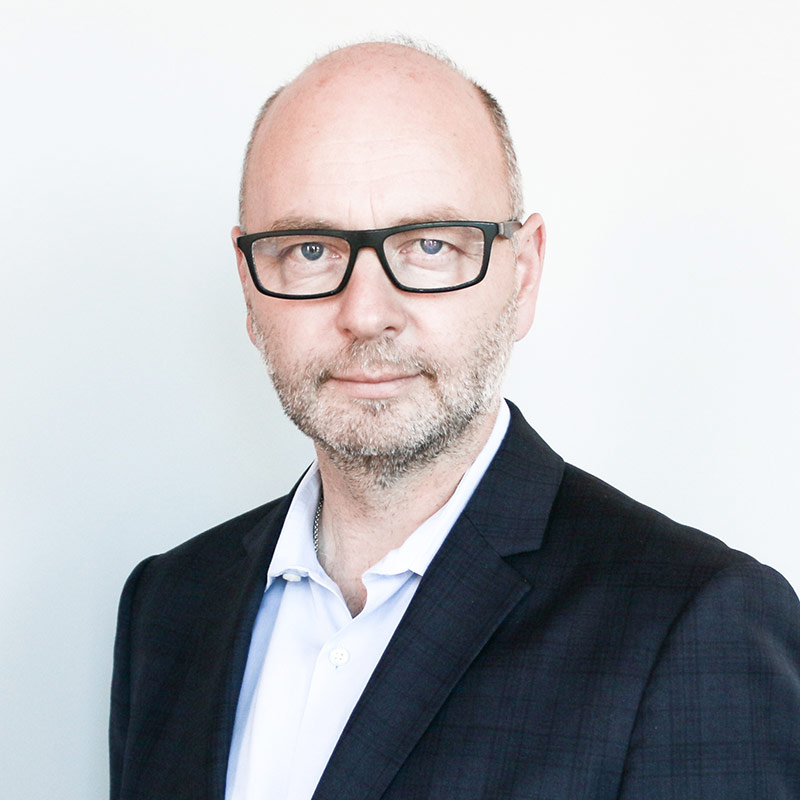Truth Trumps Fiction
I did not sleep well last night. It was not the kind of sleeplessness brought on by jet lag, stress or workload. It is best described as a kind of numbness that leaves one physically discharged, emotionally drained and deeply troubled.
I just completed one the most sedentary days I’ve had in months, just sitting in a chair listening to one of the most intelligent, sophisticated, gentle, yet strong people I know tell me about his life.
Meet Sigmund Rolat on any given day and what you are likely to hear will involve travel, art, theater and a great deal about the wonderfully rich tapestry of Polish Jewry. He will tell you, his eyes glistening with pride, about the minting of Polish coins with Hebrew inscriptions during 12th century, how Poland is the cradle of Western civilization, the birthplace of Zionism. For certain, he will not talk to you about the Holocaust.
I have known Sigmund now for several years. He has been a mentor and a friend, a historian and a guide, but never self identified as a Holocaust survivor. I did know he was born in Czestochowa, Poland, in 1930 and that he had been in the Czestochowa ghetto and one of the HASAG work camps. But save for a few short episodes here and there, he focused his words on how he lived, not how he survived.
Yesterday was different. He sat in front of the USC Shoah Foundation's camera and told me his life history. As hour rolled into hour and the delight of a small boy going to school in the town he loved, slowly but surely turned into a lethal hell.
I have developed great familiarity with the Holocaust in a general sense. I know enough about Czestochowa during WWII to know broadly what to expect – but it is the absolutely individual and personal nature of genocide that makes “genocide” a misleading term. Genocide is not the killing of a “genos” – a group –it is the killing of individuals that belong to a group. Every murder is personal.
On the surface, what happened in Czestochowa was quite straightforward. Forty-thousand Jews in Czestochowa became almost 50,000 as the ghetto swelled. Forty-thousand were deported to Treblinka and murdered on arrival, some were distributed to work camps, and the rest were shot. That's the Holocaust in its textbook form.
Then try living with the detail of one little boy.
Sigmund was part of a family of four whose original middle-class home happened to fall within the ghetto boundaries. His father was sent to Treblinka on the first Czestochowa selection, which the Nazis sadistically carried out on Yom Kippur. He was not killed on arrival. Instead he become an accountant, documenting gold teeth, and later became a part of the Treblinka uprising. He died resisting the Nazis.
The last time Sigmund saw his mother she was being whipped by the SS. He called out to her. The SS wanted to know who screamed. He stepped forward and was about to be killed in front of her. At that moment, another boy stepped out and took the blame. “It was me. I shouted “Mama!’” Sigmund was released. Thirteen-year-old Jakub Firestone was led away to his death.
What kept me awake was that desperate set of decisions. Those children were living in a world they didn’t create, but were forced to make impossible decisions and live with the consequences. To die was arguably better than survival. One was over in a moment, the other lasts a lifetime.
I listened to Sigmund tell me true happenings and wondered why 70 years later, we are already reverting to fiction to tell a story that we can tell through real testimony. “The Boy in the Striped Pajamas” is a good example of creating a story that could not have happened, instead of using a story that really did. The 2006 bestseller by John Boyne tells the fictional story of two boys – one the son of a Nazi, the other a Jewish prisoner of a concentration camp – who become friends. In re-writing history, the book commits a grave injustice to real-life heroes like Jakub Firestone.
Firestone, knowingly, willingly, with full conscience – and in real life and in a real concentration camp – gave his life for another boy. In fact, he was even more knowing. He gave his life, so that a mother would not witness her own child beaten to death in front of her eyes.
I lay awake last night thinking about Jakub and Sigmund, two boys who struggled with life and death and how I would feel if my own 13-year-old son were caught up in someone else's madness. At the end of the interview, Sigmund's 13-year-old grandson, Henry, joined us. He was informed and mature, and able to reassure his grandfather that the life history he had just given would be a guide for him and for future generations.
Henry knew his grandfather’s testimony was no story. It was in fact his terrible heritage. Henry has little choice but to know the brutal truth of human violence. At the very least we owe it to all our 13 year olds to ensure they understand complexity of real life, which is no fiction.
Like this article? Get our e-newsletter.
Be the first to learn about new articles and personal stories like the one you've just read.
